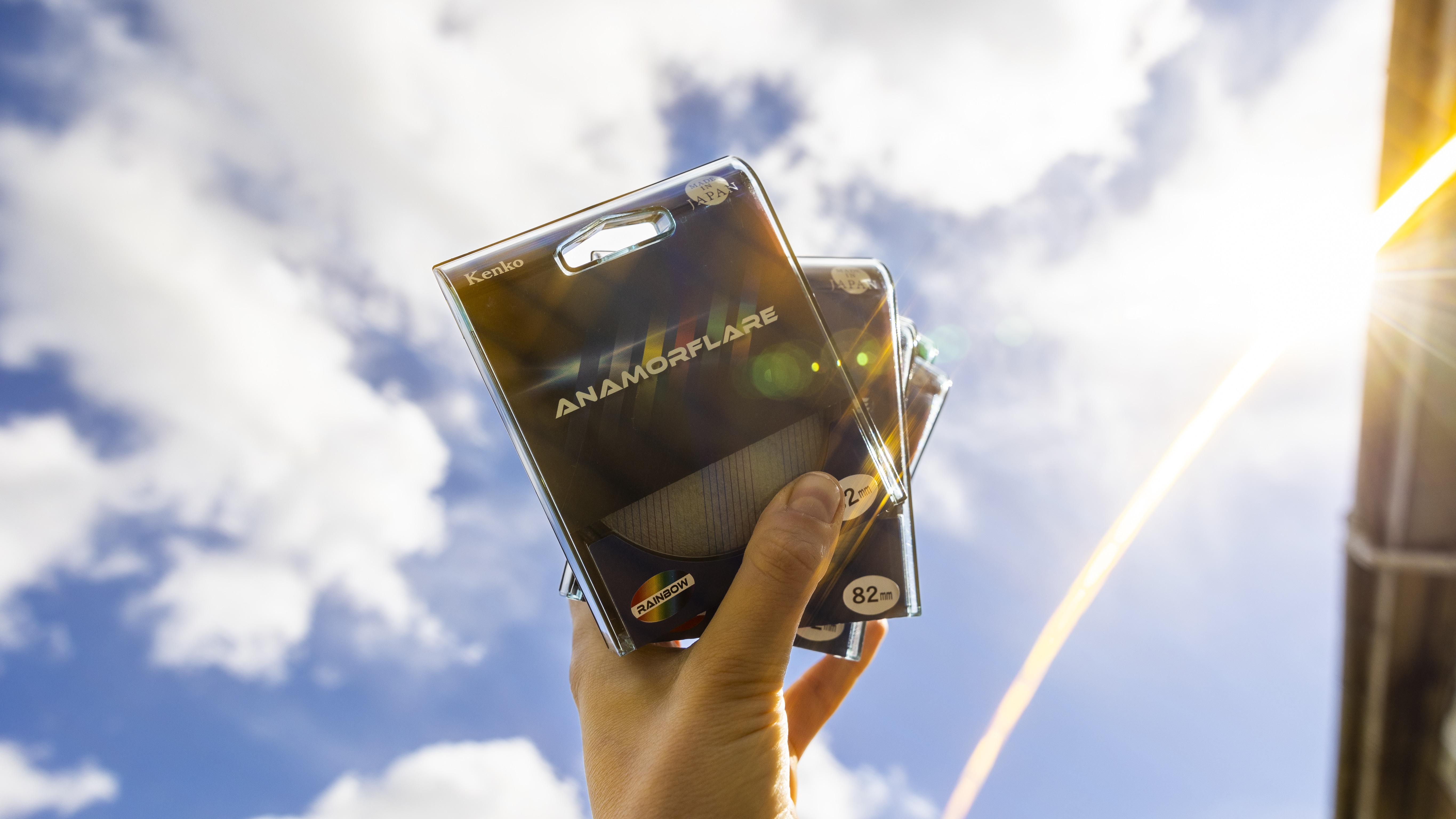
I’ve tried every filter-adding app out there, from Instagram to VSCO. And I’ve been playing around with presets and filter tools in Lightroom for just as long. I even have a folder called "lens flares and light leaks" which I'll occasionally open in Photoshop when I need to jazz up a landscape image in a hurt. So what?
Despite all that, I still firmly believe in using the best filters over adding digital ones in the editing suite. The visuals are just better when you filter the light during capture, especially for creative effects. The results are more accurate. More realistic and more believable. But only if you have good quality glass. That’s why I was interested to try the relatively new Kenko Anamorflare filters, designed to replicate the characteristic flare you get from anamorphic lenses... without the cost and faff of actually using anamorphic lenses.
Kenko released its set of six Anamorflare filters in late 2023. It claims they help photographers and videographers to capture "impressive light rays without impacting your budget". Once mounted, you can capture and angle flare from strong light sources and recreate the look of your favorite cinematic movies in-camera. But are the results a gimmick, or do the Anamorflare filters have a place in the kit bag of creators? I tried them all to find out.
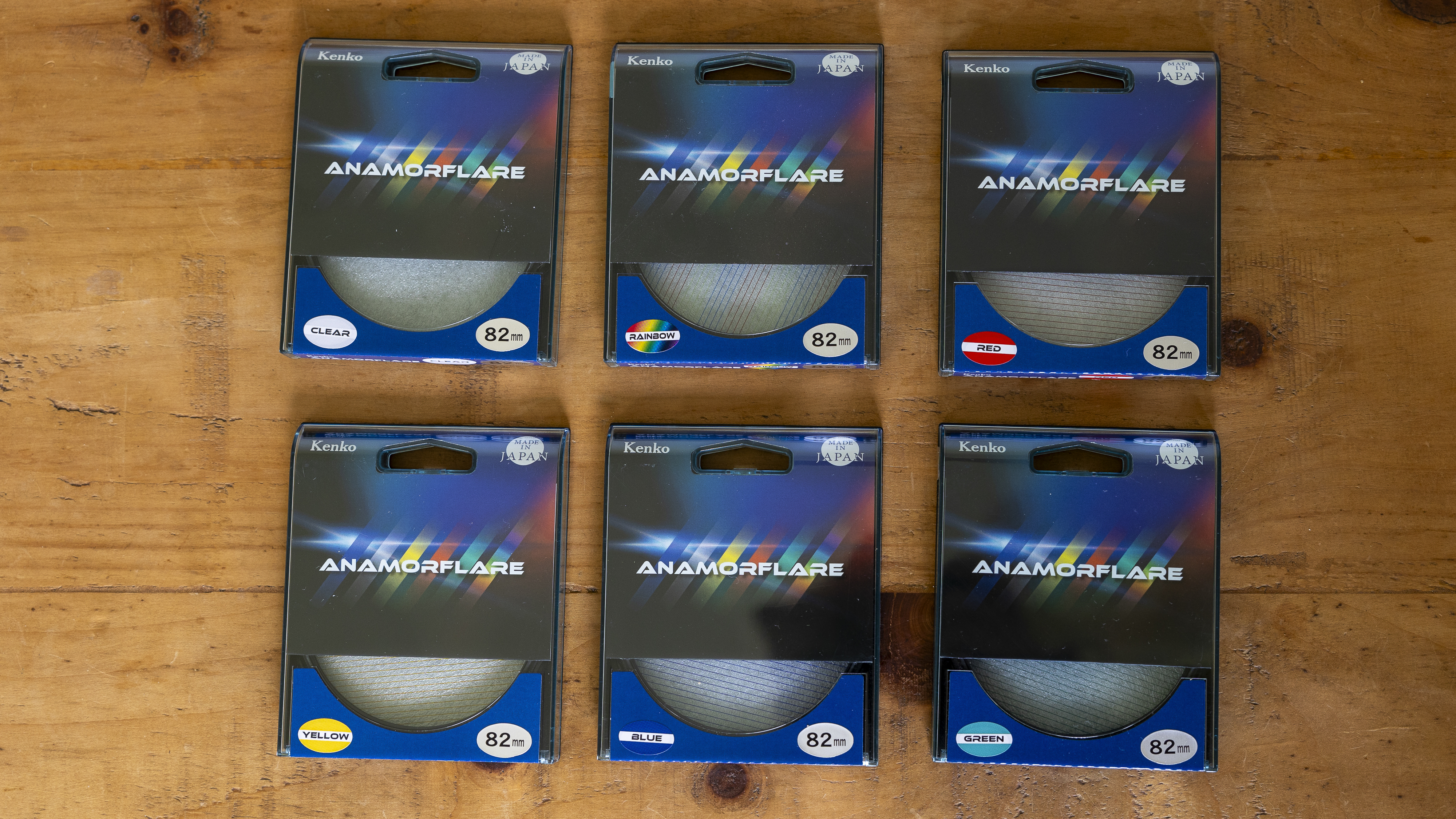
Kenko Anamorflare filters: Specifications
Kenko Anamorflare filters: Price
Kenko's Anamorflare filters come in six different flare colors: blue, green, yellow, red, clear, and rainbow. Currently, the filters are only available in an 82mm thread size, but you could use a stepping ring to convert them for different lenses.
The filters aren't yet widely on sale in the US, but are available on Kenko's website for $109. In the UK the filters are available on Amazon for between £100-£120 at the time of writing. This sounded pricy to me at first, especially if you want to get a few for different colored flares. Similar alternatives (albeit from lesser-known names) also cost a third of Kenko's version. Still, I suspect you're paying for the brand, its associated quality, and the currently limited availability. And you'll spend much less sticking one of these filters on your lens than investing in an anamorphic lens setup.
Kenko Anamorflare filters: Build and Handling
The design of the Kenko Anamorflare filters will come as no surprise if you've ever used Kenko filters before, or circular polarizing filters, for that matter. The round, slim black frame is made from sturdy aluminum that doesn't feel like it would dent or bend easily.
There's a thin textured thread on the inside of the filter to mount it onto your lens and a rotating ring on the exterior which you turn to angle the flare in an image (more on that later). Each filter contains straight lines across in the corresponding color to the flare produced.
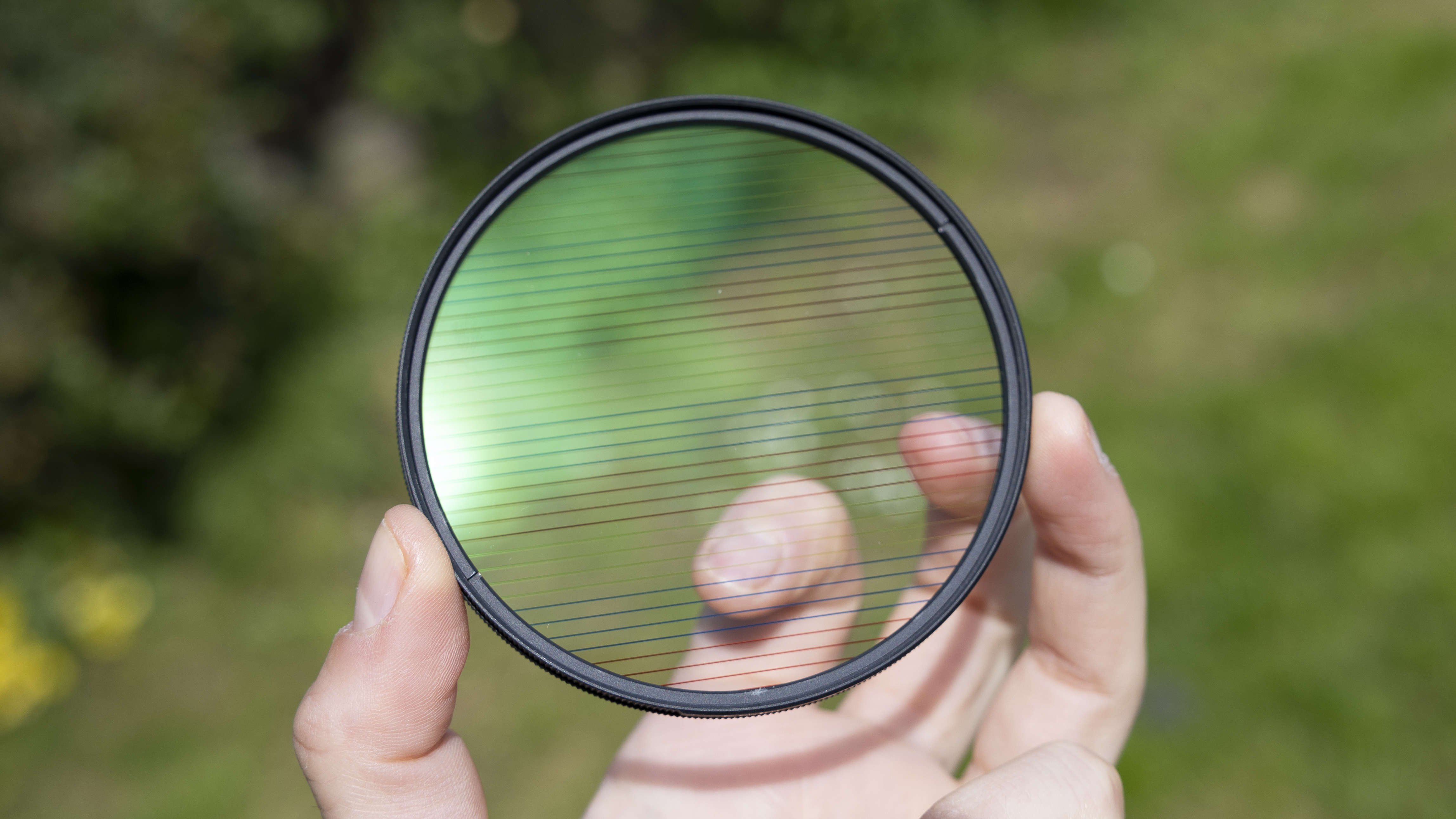
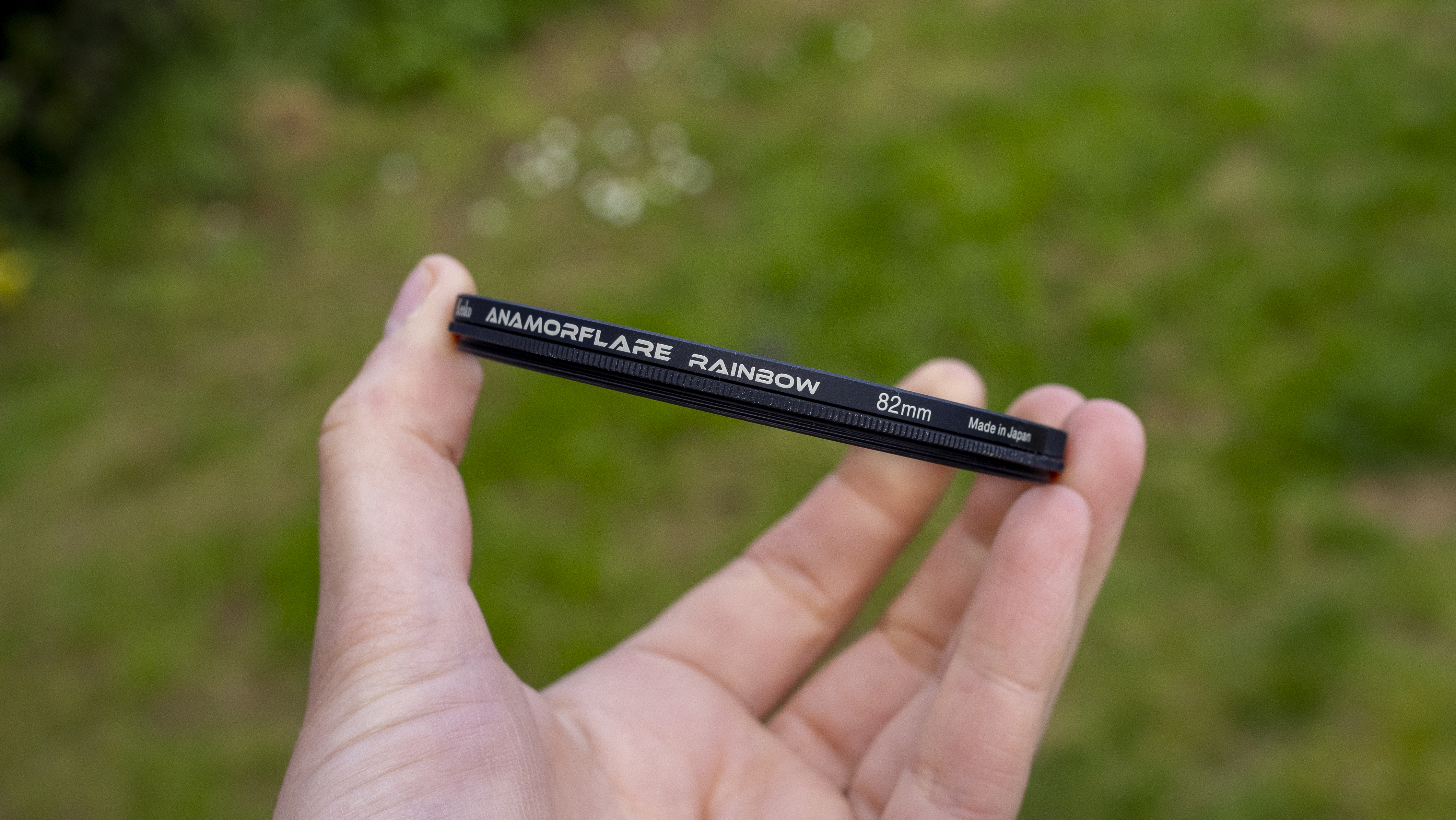
Anamorflare filters only come in an 82mm thread size, which was ideal for testing with my Canon RF24-70mm F2.8 L IS USM lens but could be slightly limiting if you don't have a lens to fit already. I guess Kenko is still testing the appetite for these filters or a wide lens area is needed to create the pronounced flare effects.
Screwing the filter onto the lens takes seconds, and once it's on securely there's no way that you can unscrew it accidentally. I like that the filters are designed to allow a lens cap to sit on top so you can replace it and protect the filter in between shots. Changing filters is easy too, and Kenko provides a clip-shut rectangular plastic box with foam padding to store the filter in. It's not the most luxurious container, but it feels hardwearing and stows in a camera bag neatly.

Kenko Anamorflare filters: Performance
Once mounted, the Anamorflare filters work best when pointed toward a strong light source such as the sun, car lights, or streetlights. It doesn't need to be a direct light, and I got some pretty, diffused results when I used the rainbow filter and caught rays of light dappled through a woodland. The effect of the rainbow filter includes the colors you get when shooting through a prism, which makes sense. It's the filter I used and enjoyed the most,
I tested all six filters, including the clear, colored, and rainbow versions. It's hard to describe the visual results you get in one or two sentences, as these depend so much on the light source, and its strength and distance. But in the same situations, I found that each filter produced an equally strong light ray effect. The clear filter is best when you want neutral flares, such as in strong daylight, but I also found myself matching the filter color to the light source for a complementary effect.
One of the features of the filter is that you can alter the angle of the light beam by rotating the front element to change the direction of the lines on the filter. I found this very agile for angling the light around a subject but with the rainbow filter it also changed the order of the colors. I was pleased to note that none of the filters introduced a noticeable color cast or vignetting to my images, although Keno does suggest leaving the camera's White Balance in Auto mode for the best results.


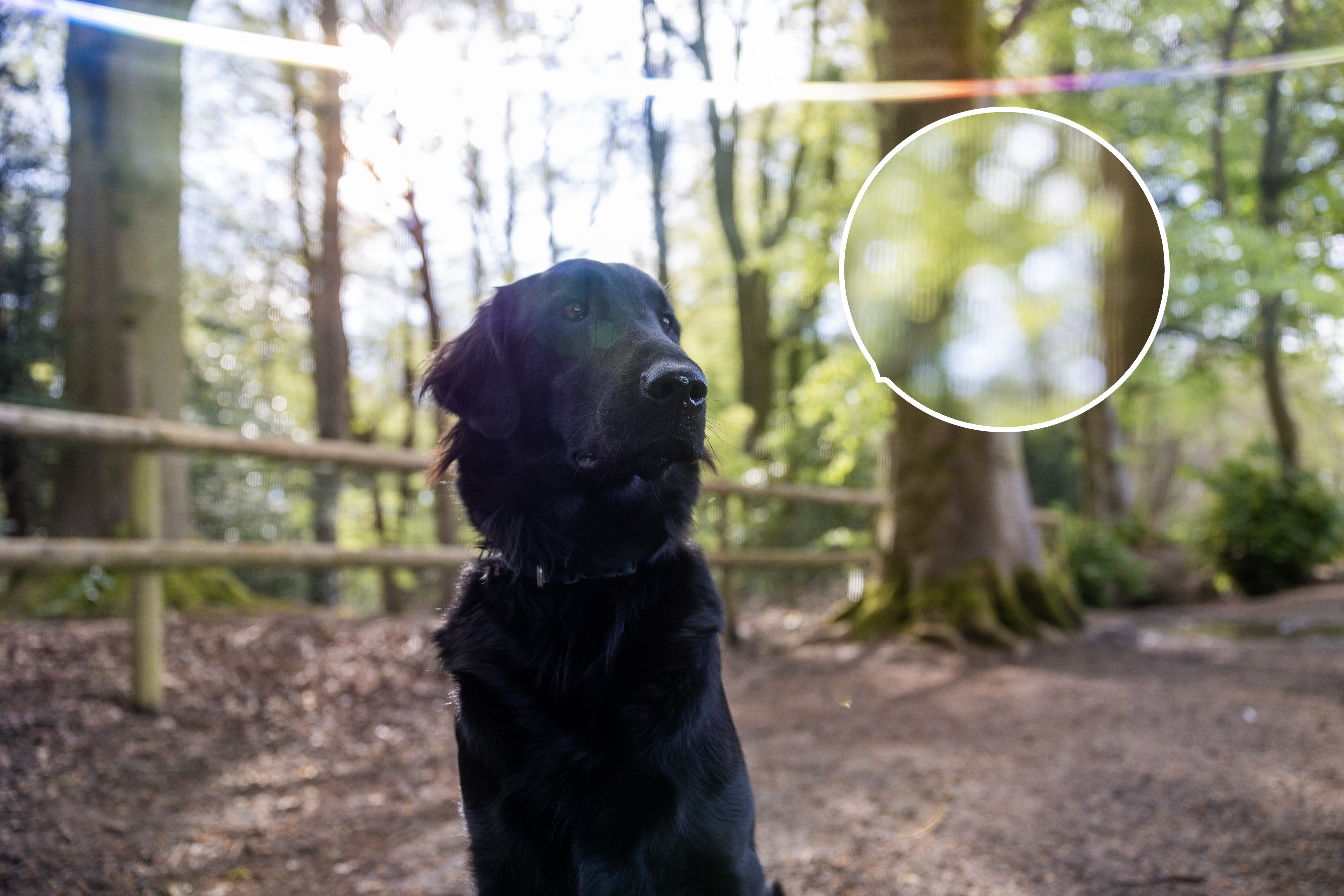
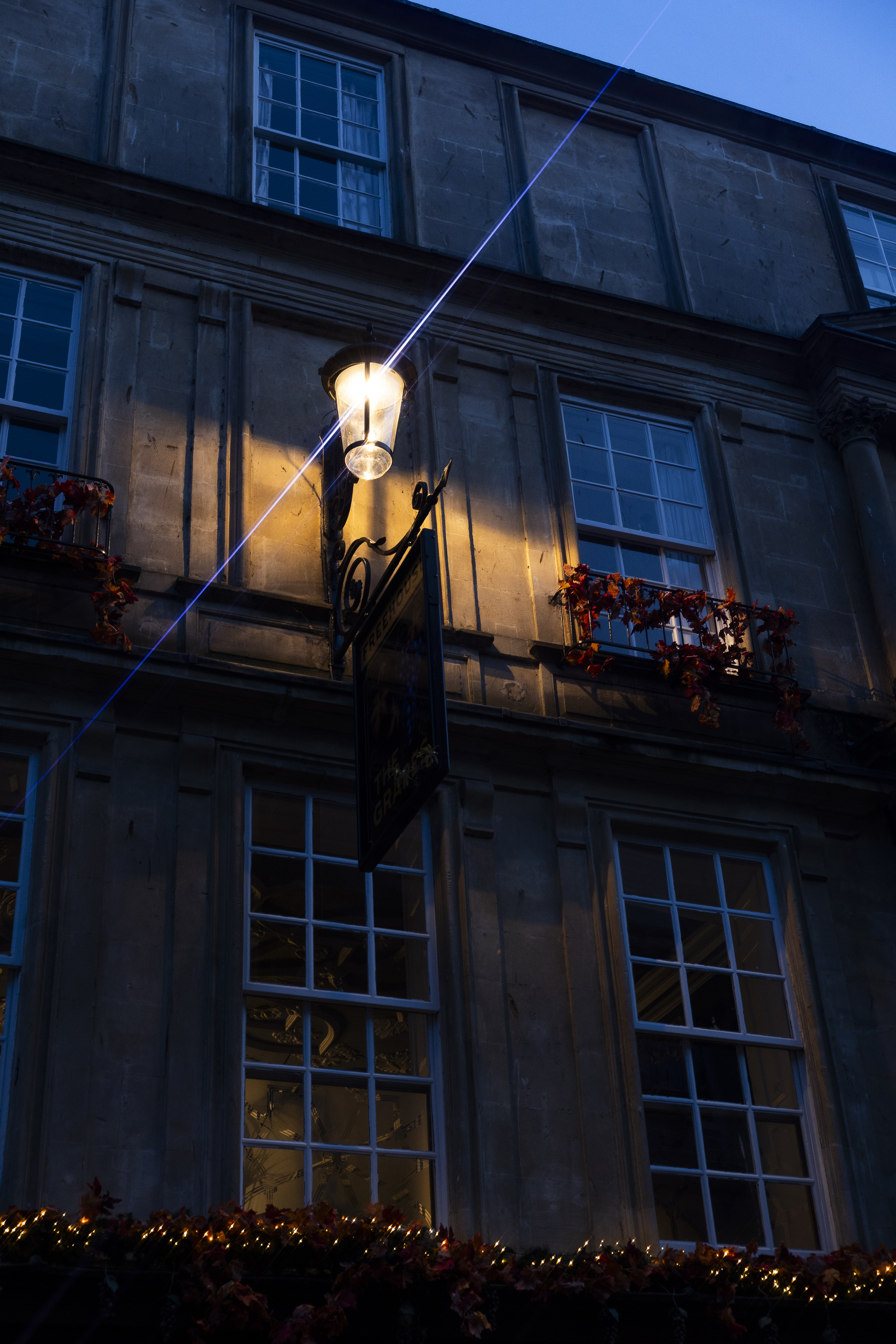
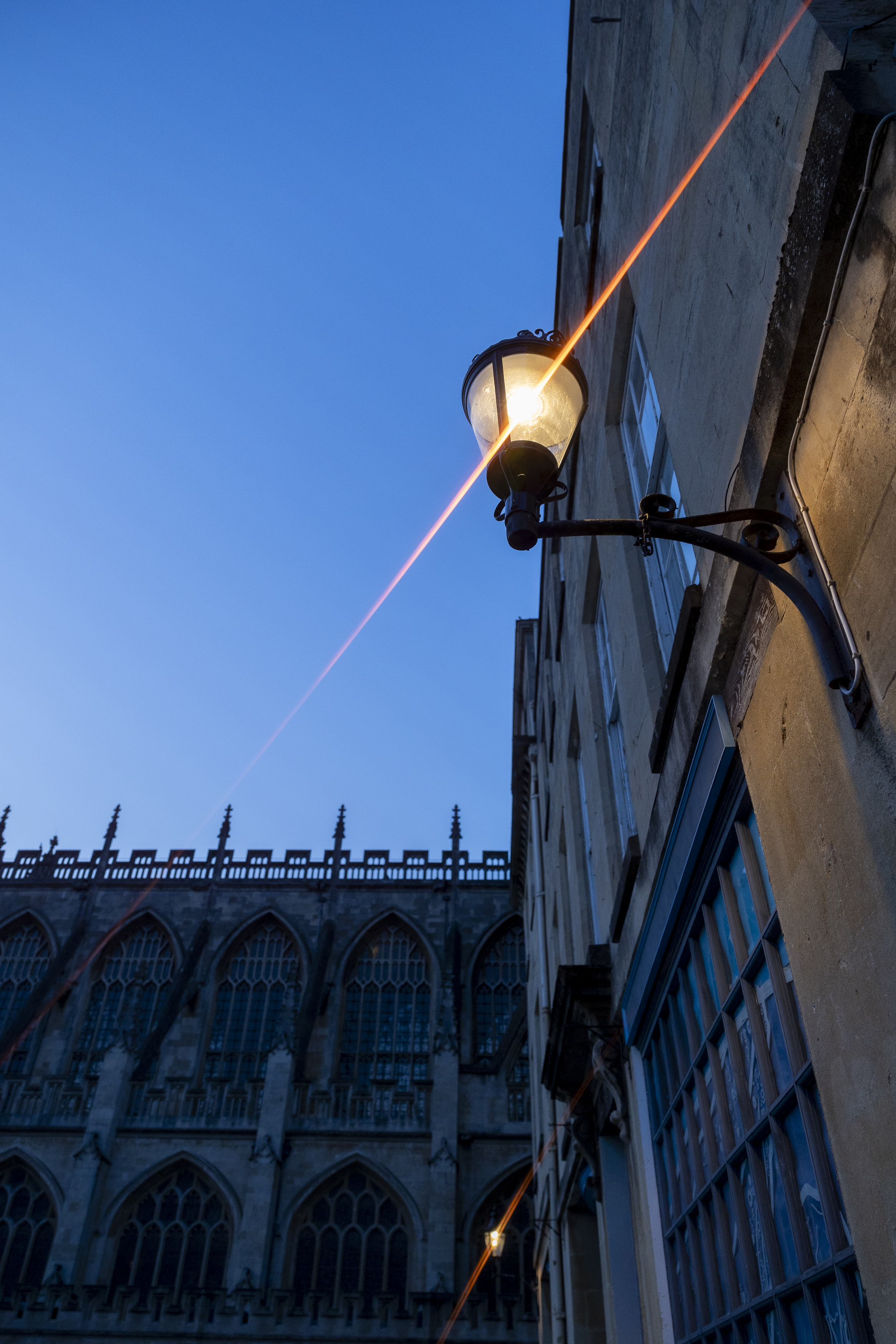
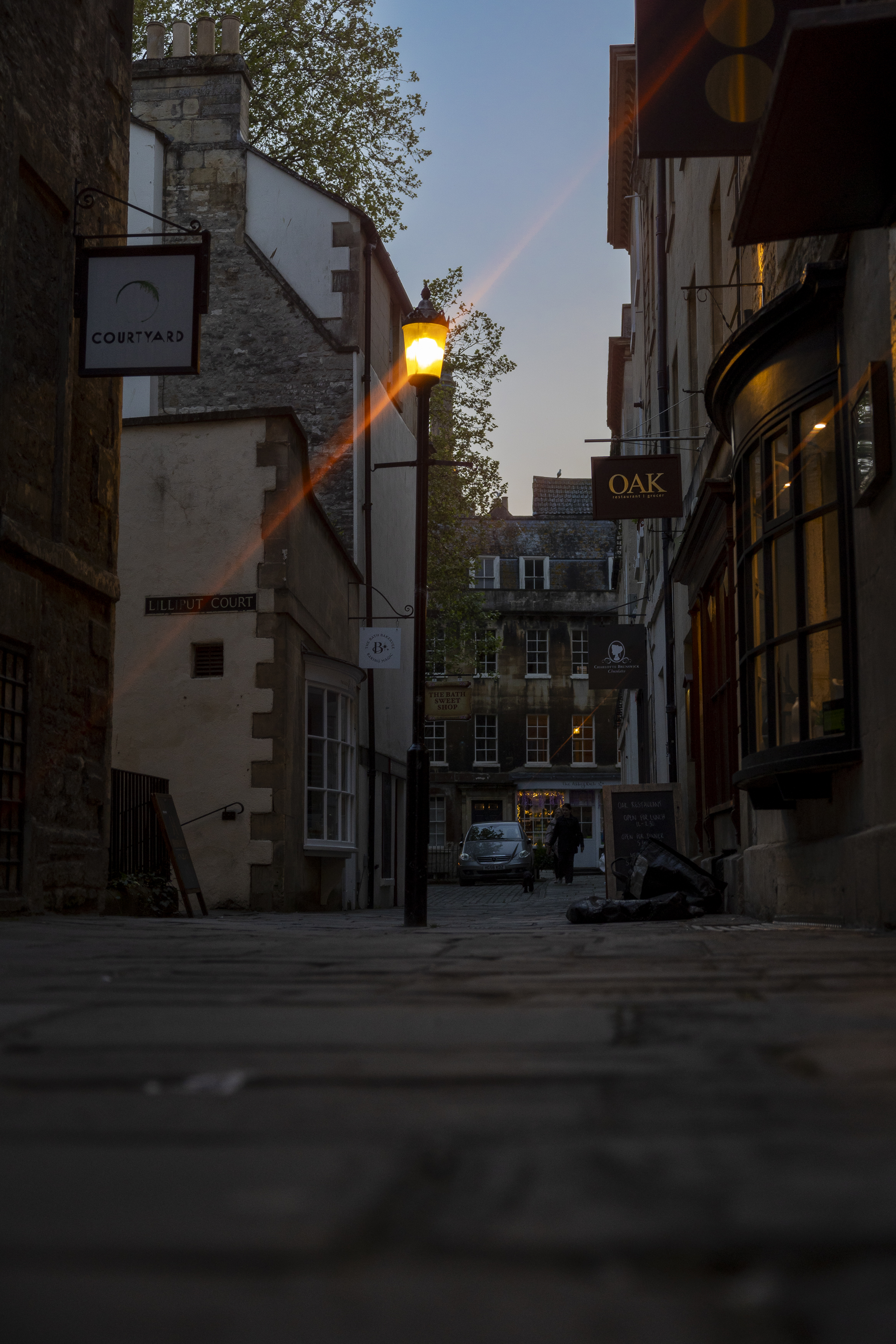
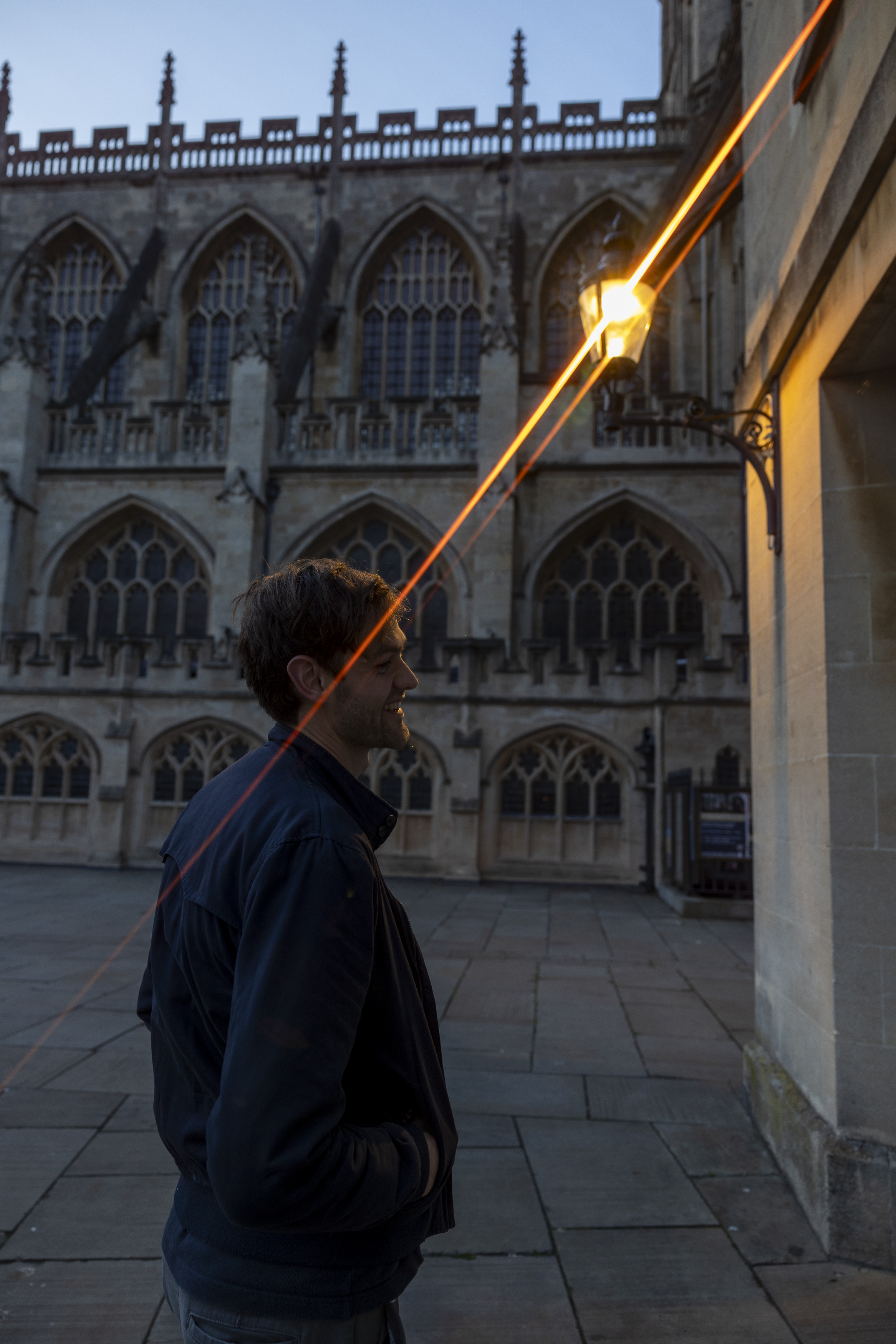
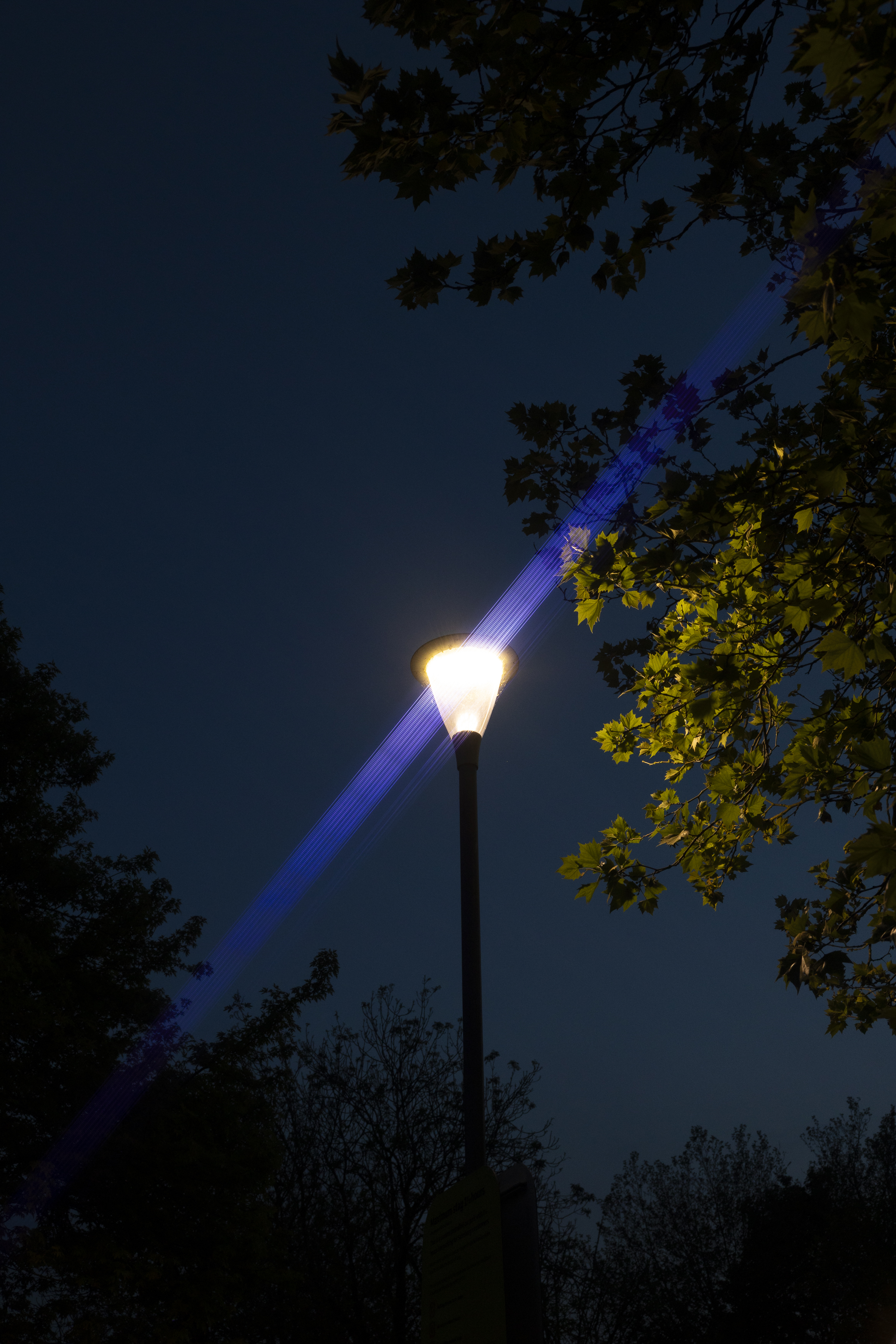

The focal length affects the appearance of the light ray, and Kenko suggests using anything from 50mm and longer. That's because when you go wider than this the ray will distort and no longer appear as a straight line. Aesthetically, I don't have a problem with the curved flare lines, it just isn't necessarily something you'd get from a traditional anamorphic lens. Like all creative outputs, it's yours to make your own.
I did have a slight problem with the stripes appearing in the out-of-focus areas (the bokeh) which Kenko says is down to the structure of the filter. These aren't obvious unless you zoom in slightly and look for it, but once I'd noticed the effect, I found it quite irritating in my stills at wider apertures. And speaking of apertures, smaller apertures can break up the light rays, but I found I could shoot up to around f/8 without encountering this.
When you introduce creative filters onto the front of a lens, there's always a worry that it will impede the autofocus speed and accuracy. And I thought the filters' lines would cause my lens to hunt for the right subject. It's also difficult for any lens to focus onto a thick beam of light if that's where you're pointing it, but there were only a few rare instances where I struggled to lock on to the right target with the filters attached. When this happened, I simply shifted my focus position slightly and got a sharp, well-focused result.
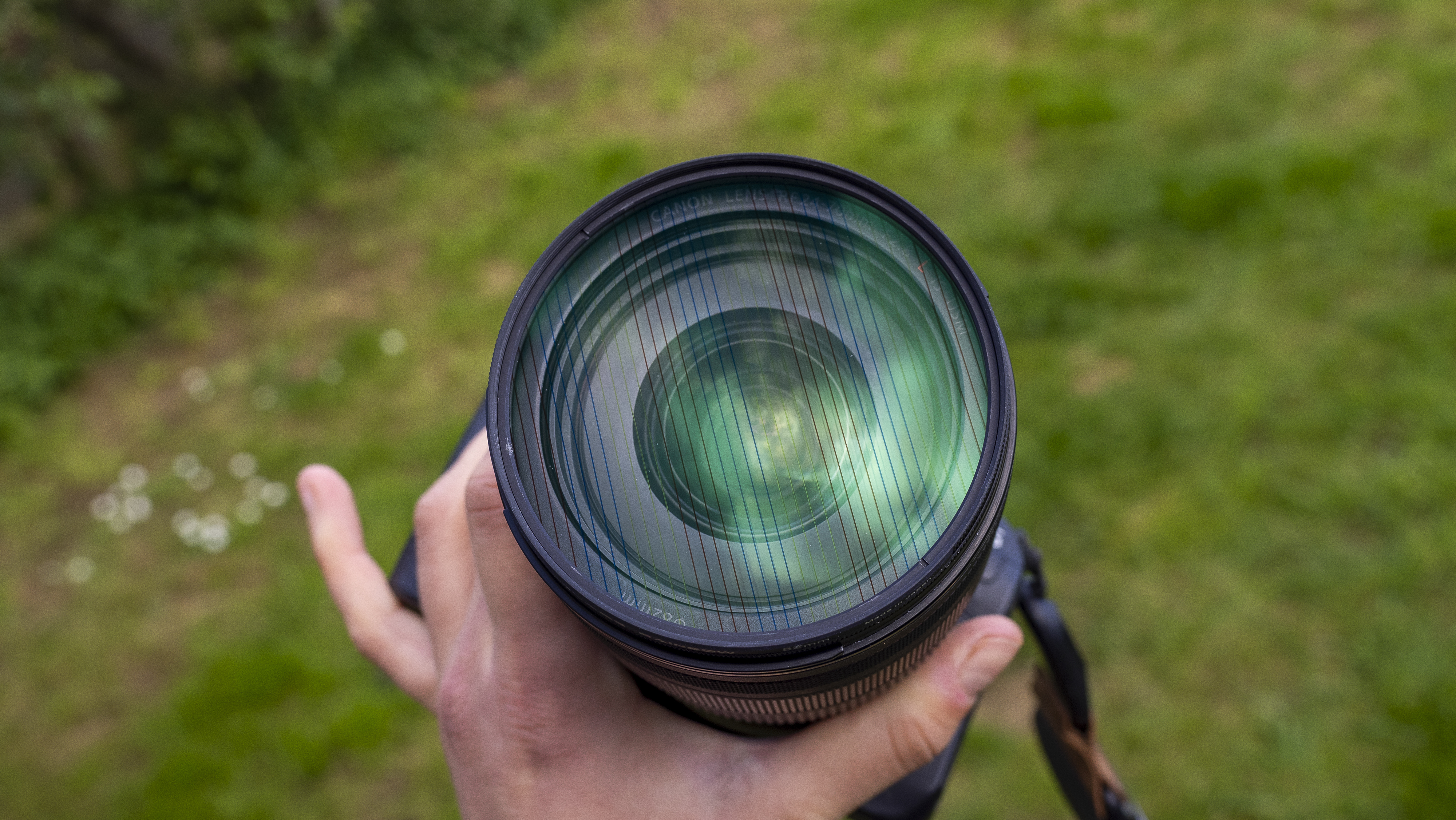
Kenko Anamorflare filters: Verdict
If I'm assessing the Anamorflare filters purely on whether they do what they're designed to, I have nothing but praise. Each filter achieves a distinct and noticeable light ray when pointed toward a light source, and the ability to angle the ray allows you to tailor the shot to your subject - be it a portrait or a scenic. Changing the flare direction is also a cool effect when filming, and the filter rotation is just smooth enough to avoid camera shake (although it could do with a few notches for more control).
These filters add a distinct creative effect to your content, but it won't be for everyone. Some may find the flare effect too overcooked for their tastes and may lament the ability to remove it after a shoot. Generally, I found the filters upheld the quality of my telephoto lens well, which is another bonus for pros. For creators who love the look of flare and want to enhance the colors of lights in their stills and videos, I can see the Anamorflare filters being a great tool. Yes, you can add flare in post-production, but nowhere near as organically or intensely.
✅ Buy this if...
- You want new cinematography effects on a budget.
- You've got an 82mm thread lens.
🚫 Don't buy this if...
- The look of light rays and flare isn't really to your taste.
- You don't want permanent effects in your content.







